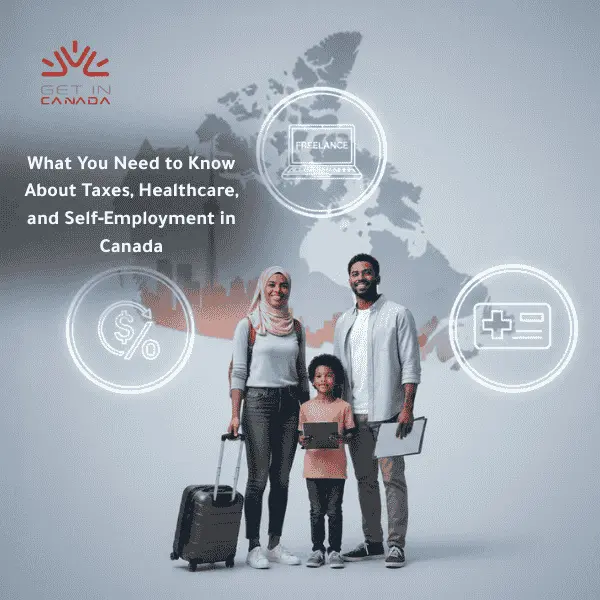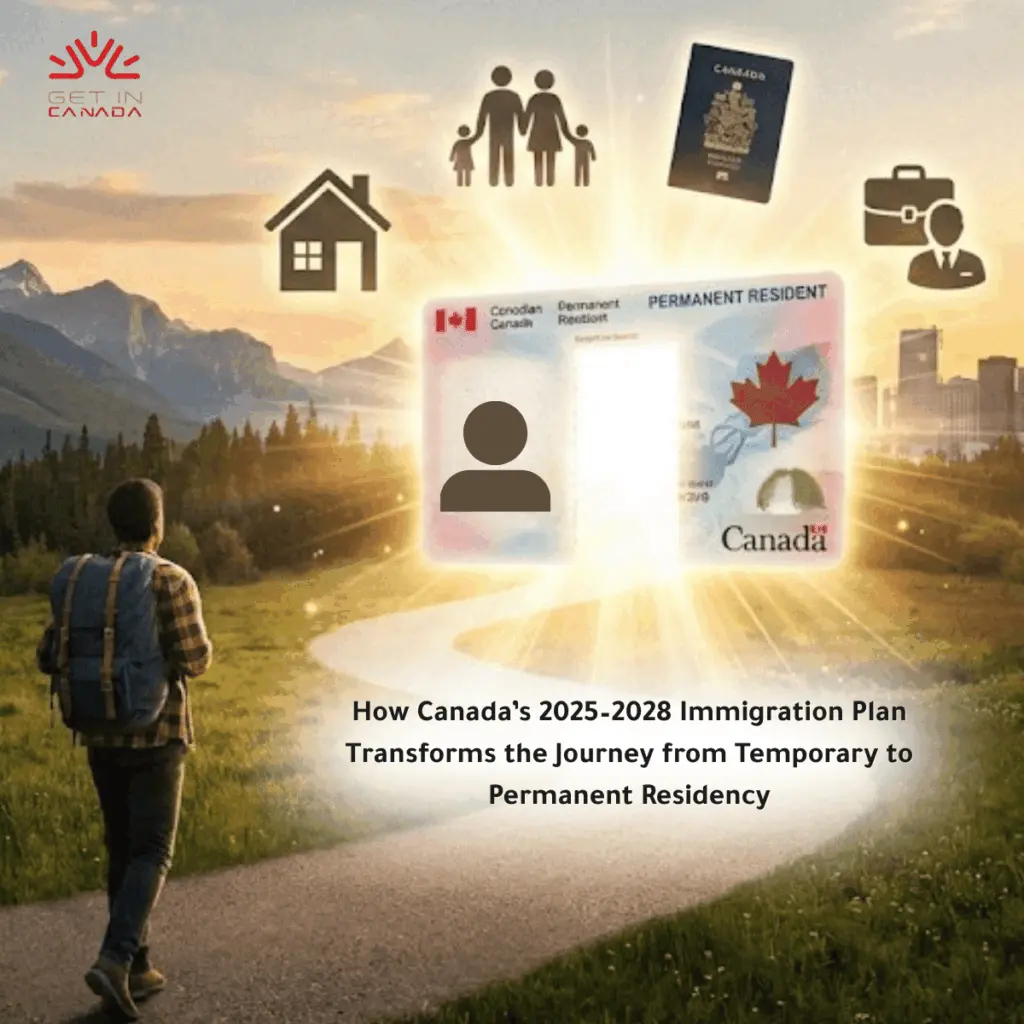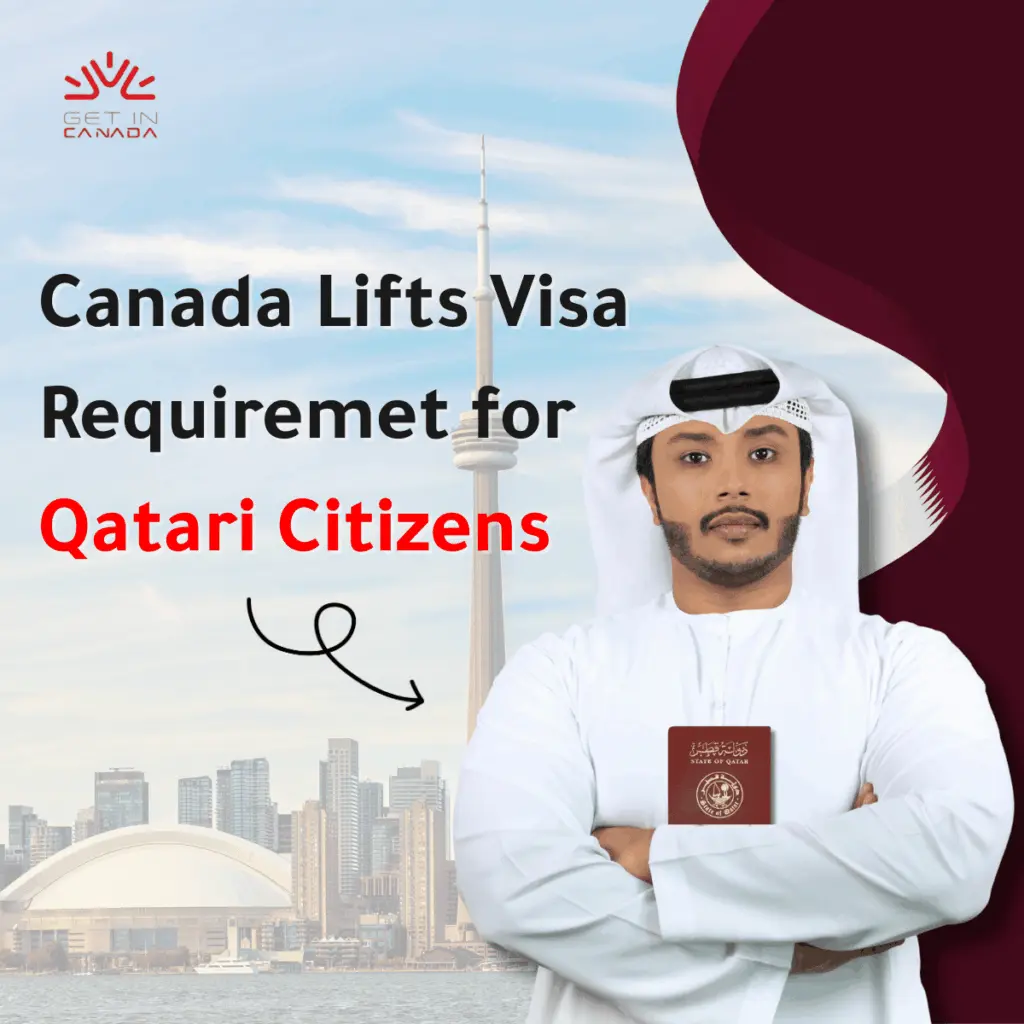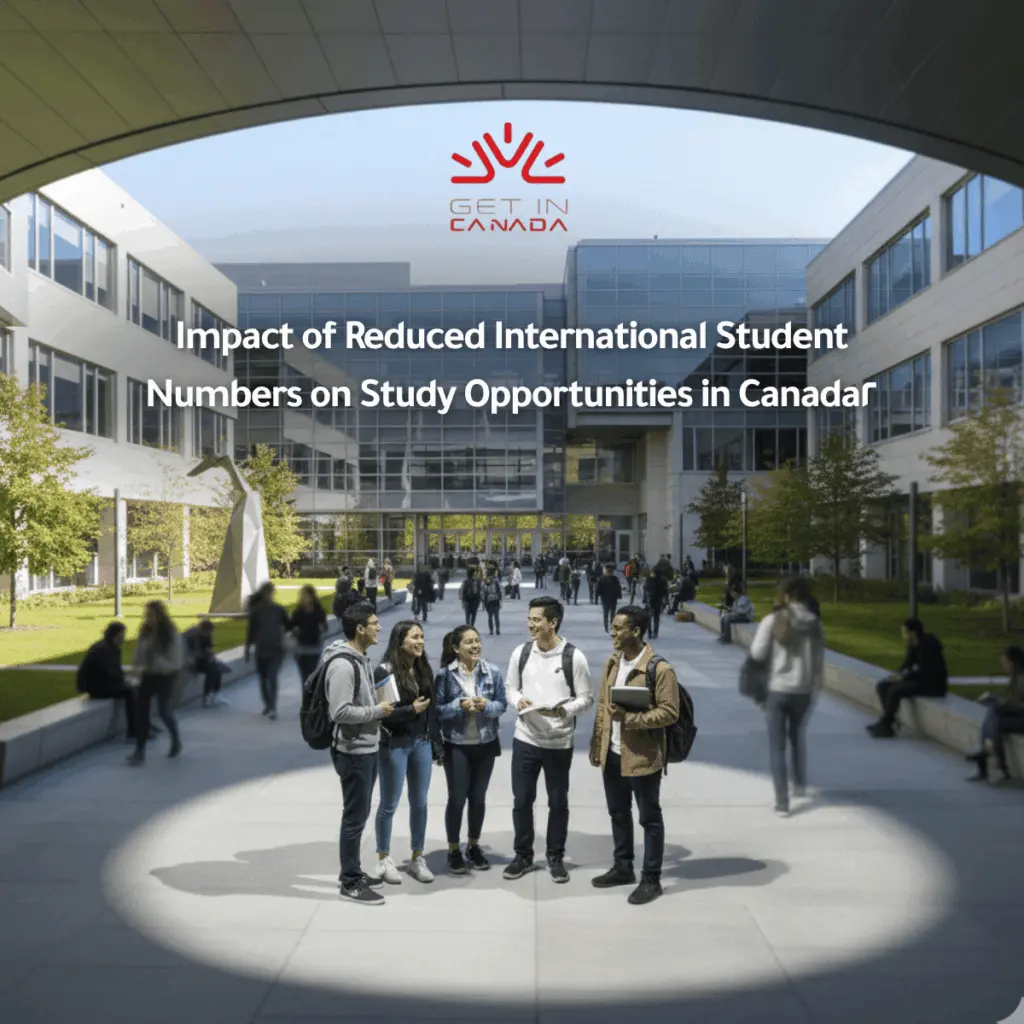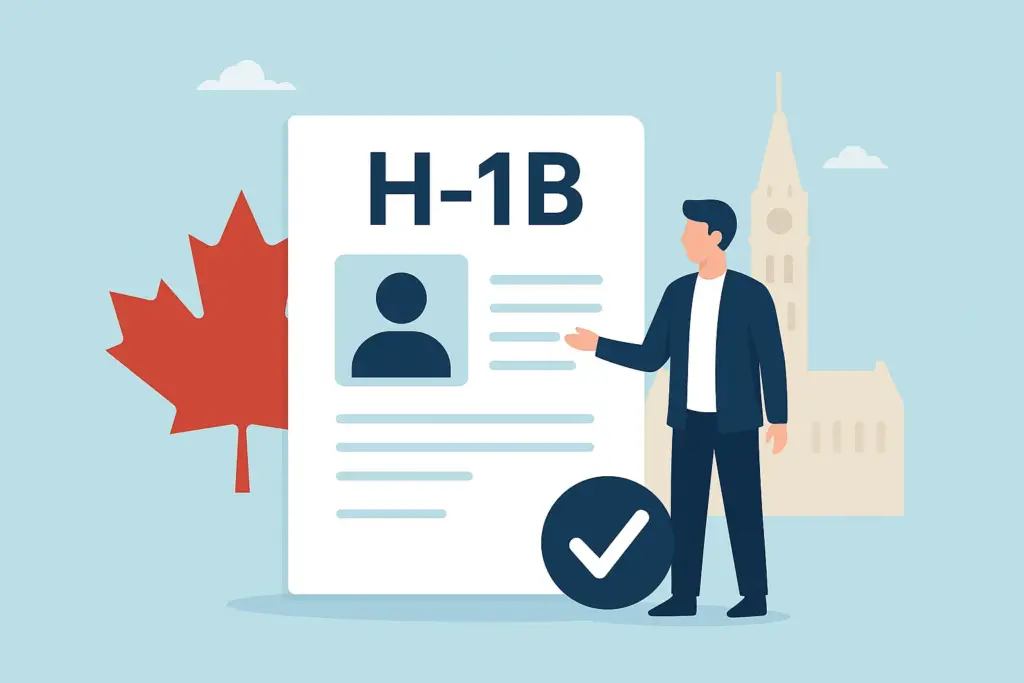How to sponsor your spouse or partner for immigration to Canada?
Family reunification is the second biggest category of immigration that Canada receives behind economic immigration. By 2024, IRCC’s goal is to admit 114,000 new permanent residents through families and sponsors, which includes spouses, children, dependents, parents, and grandparents.
Spousal sponsorship allows people to bring their spouse, common-law partner, or conjugal partner who is a foreign national to Canada if they are a Canadian citizen or permanent resident. This route allows them to settle permanently in Canada and to reside as a family.

Pathways to spousal sponsorship for Canadian immigration
There are two primary routes for spousal sponsorship in Canada: permanent resident status sponsorship, which is applicable where the spouse is already living in the country, and foreign sponsorship, which is applicable for candidates applying from outside the country.
Find out if you are eligible to get in Canada →
In both cases, the sponsor has to fulfill some criteria that are laid down for eligibility. The sponsor must:
- The candidates must be, at least, eighteen (18) years of age and above.
- Be a citizen of Canada or Canada’s permanent resident based in the country.
- Was not in prison for a criminally related offense, is not bankrupt, is not to be removed from Canada, isn’t charged with serious criminality.
- Not have entered Canada as a spouse within the last five years.
Also, there is a financial undertaking that sponsors have to provide to ensure that for three years after marriage if the couple separates, the sponsor will provide for the support of the spouse or partner. According to the IRCC, basic needs include those essential goods and services that are considered human necessities, for instance, shelter, clothing, food, dental care, and vision care other than the care offered by the state.
The relationship also plays a role in determining eligibility:
- Spouse: Legally married.
- Common-law partner: They must have been cohabiting in a marriage-like relationship for a continuous period of not less than one year.
- Conjugal partner: Formal couple for more than 12 months but cannot live together because of some factors like immigration status, cultural, or religious beliefs.
The government of IRCC wants to achieve the performance levels of processing both Inland and Outland spousal sponsorship applications within a one-year timeframe.
Inland sponsorship for spouses and partners
In the case of Inland sponsorship, the spouse/partner to be sponsored for permanent residence must have a valid permit to be in Canada or is legally allowed in Canada by having a visitor visa, work permit, or study permit.
When living in Canada, the sponsored individual can also apply for the Spousal Open Work Permit (SOWP) at the time of applying for permanent residence. However, it requires that the spouses or the common-law partners reside together at the time of application since the conjugal partners are not eligible for Inland sponsorship.
IRCC warns applicants against traveling during the process, as one may be refused re-entry, especially if an applicant needs a visitor visa.
Outland sponsorship pathway
The sponsored spouse or partner must be a temporary resident in Canada, and that means having a visitor visa, work permit, or study permit.
When applying for a PR within Canada, the sponsored individual may, therefore, be eligible to apply for the SOWP alongside the PR application. However, spouses and common-law partners must reside together at the time of application, as the conjugal partners are not eligible for inland sponsorship.
IRCC warns its clients not to travel outside the country during the application process, as one may be turned away at the border if he or she needs a visitor visa.
Applying for your spouse or partner to join you in Canada is a noble process of family reunion. Sponsorship programs are very important whether you follow the Inland or the Outland route; therefore, the eligibility criteria and the procedures involved are vital to having the best results. If you meet the requirements and offer the necessary assistance, then you can take your loved one to Canada and start a new life together. Therefore, you should keep working on this and ensure that you are armed with enough information so that you can be ready for the changes that are bound to occur in the course of the process. What counts most at this particular moment is building your new life in Canada.



